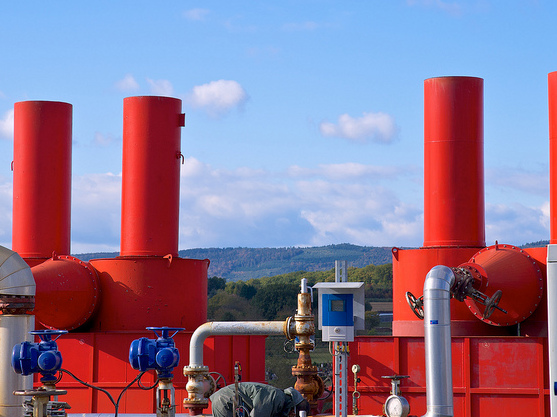
A new form of fracking is creating hope and controversy among those aiming to invest in renewable energy.
Fracking for geothermal energy uses the same technology as traditional oil and gas fracking operations, injecting a fluid combination into the ground to break up and access shale formations. In the case of geothermal exploration, the goal is to access underground reservoirs of very hot water and steam needed to operate geothermal energy plants.
Opinion on the practice is split among environmental organizations. The Natural Resource Defense Council addresses the fracking of geothermal energy as “among one of the least explored sources of renewable energy in the United States.”
According to the Department of Energy, enhanced geothermal systems (EGS) are capable of providing up to 500 gigawatts of electricity capacity, or 500,000 megawatts.
According to the NRDC, operations in 2010 yielded only 3,000 megawatts of energy. The 200 EGS projects currently underway are estimated to be worth just 7,800 megawatts.
This means plenty of room for growth in the industry, which leaves corporations with dollar signs in their eyes — and residents in prime areas wondering how it will impact their communities and groundwater supplies.
While the NRDC acknowledges geothermal energy as an untapped renewable source, it also indicates the fracking process could create similar concerns as those heard from traditional gas fracking boom towns.
“Geothermal development could have negative impacts on the environment, such as threats to local groundwater and increased seismicity from drilling activity,” it states on its website. “Geothermal development should move forward with careful siting and strong environmental protections in place.”
So who exactly would be impacted? The 200 geothermal system operations currently underway in the U.S. are taking place in 15 states, most of which are in the West, including Oregon, a state that has dodged the oil and gas fracking rush.
For areas that sit on heavy deposits of shale formations possessing the underground hot water and steam, plenty of issues regarding land rights could arise. As pointed out at domain-b, an online business magazine, the problem associated with geothermal fracking is that the areas where prime extraction can occur are profitable but rare.
“They need hot rock along with large amounts of hot water or steam which could easily be pumped to the surface, where it would drive steam turbines generating electricity,” a story on the site states. “Further the rock formation has to be porous enough to keep the water recirculating and reheating continuously to keep a power plant running.”


